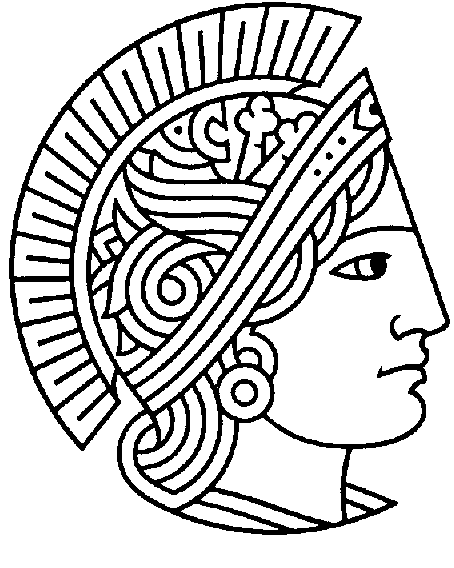
Universitäts- und Landesbibliothek

 |
Technische Universität Darmstadt
Universitäts- und Landesbibliothek |
 |
| Autor: | Yun, Alexander |
| Titel: | Development and Analysis of Advanced Explicit Algebraic Turbulence and Scalar Flux Models for Complex Engineering Configurations |
| Dissertation: | TU Darmstadt, Fachbereich Maschinenbau, 2005 |
| dis-yun.pdf | (3601550 | Byte) |
| Dokument aufgenommen : | 2005-07-07 |
| URL: | http://elib.tu-darmstadt.de/diss/000579 |